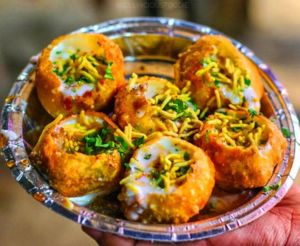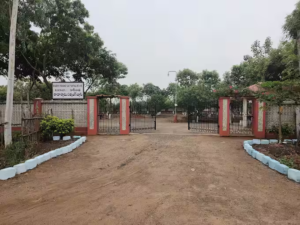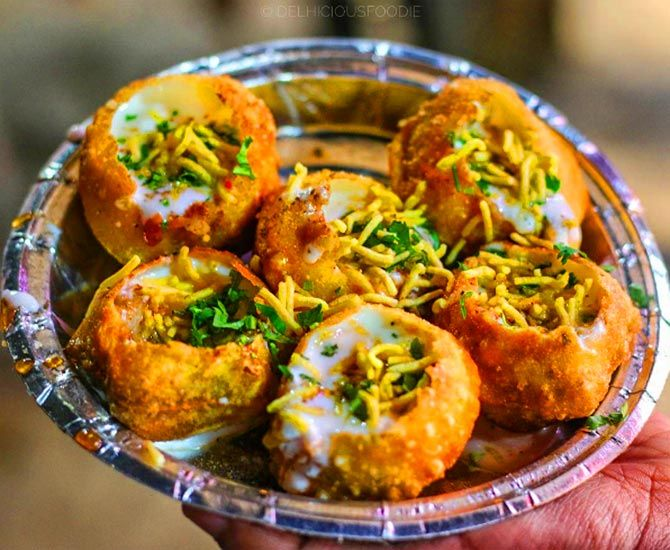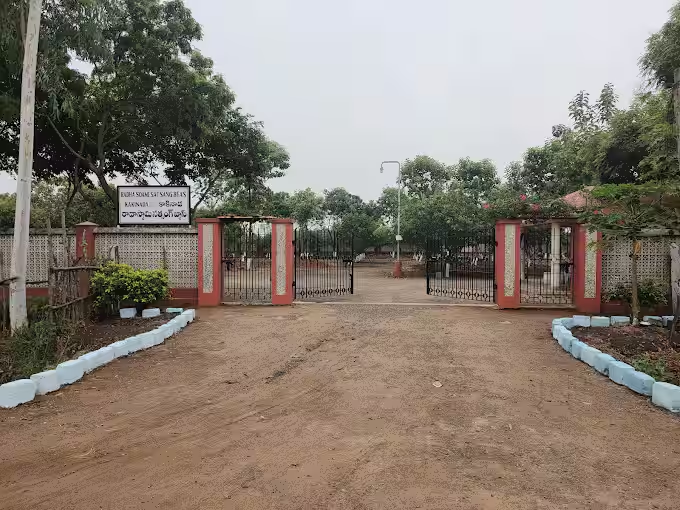Meta Description:
Discover the Mango Belt of Chittoor, Andhra Pradesh, famed for producing some of India’s sweetest and most succulent mangoes. Explore the rich agricultural heritage, mango varieties, local culture, and the best time to visit this fruitful region.
Table of Contents
- Introduction to Chittoor’s Mango Belt
- The Unique Climate and Soil of Chittoor
- Popular Mango Varieties of Chittoor
- The Mango Harvest Season: When to Visit
- Traditional Farming and Harvesting Practices
- Mango Festivals and Cultural Significance
- Local Markets and Mango Experiences
- Sustainable Farming and Future Prospects
- How to Reach Chittoor’s Mango Belt
- Conclusion
Introduction to Chittoor’s Mango Belt
Chittoor is synonymous with mangoes in India, largely because of the region’s unparalleled mango production. The district is among the top mango producers in the country, boasting a wide array of varieties that differ in taste, aroma, and texture. From the deliciously sweet “Banganapalli” to the tangy “Neelum,” the mangoes here have attracted traders and connoisseurs from across India and abroad.
The mango belt extends across several mandals (sub-districts) of Chittoor, where sprawling orchards paint the landscape with lush greenery, especially during the harvest season. The mangoes from this region are not only eaten fresh but are also processed into juices, pickles, jams, and dried mango slices.
The Unique Climate and Soil of Chittoor
What makes Chittoor’s mangoes exceptional is the perfect blend of climate and soil. The semi-arid climate with moderate rainfall provides the right stress on the mango trees, which is known to improve fruit sweetness. The red sandy loam and black soil found here are rich in minerals essential for mango cultivation. These conditions encourage the development of high-quality fruits with an intense aroma and unique flavor profile.
Popular Mango Varieties of Chittoor
Chittoor’s mango belt is home to several famous mango varieties:
- Banganapalli: Known for its large size, golden yellow color, and exceptionally sweet taste. This variety is often exported due to its long shelf life.
- Neelum: A medium-sized mango with a distinctive tangy sweetness and smooth texture.
- Totapuri: Recognized for its parrot-beak shape, Totapuri is tangy and less sweet, commonly used in pickles and juices.
- Raspuri: Valued for its juicy pulp and fragrant aroma, often considered one of the best for desserts.
These varieties are celebrated not just for their taste but also for their commercial value, contributing significantly to the local economy.
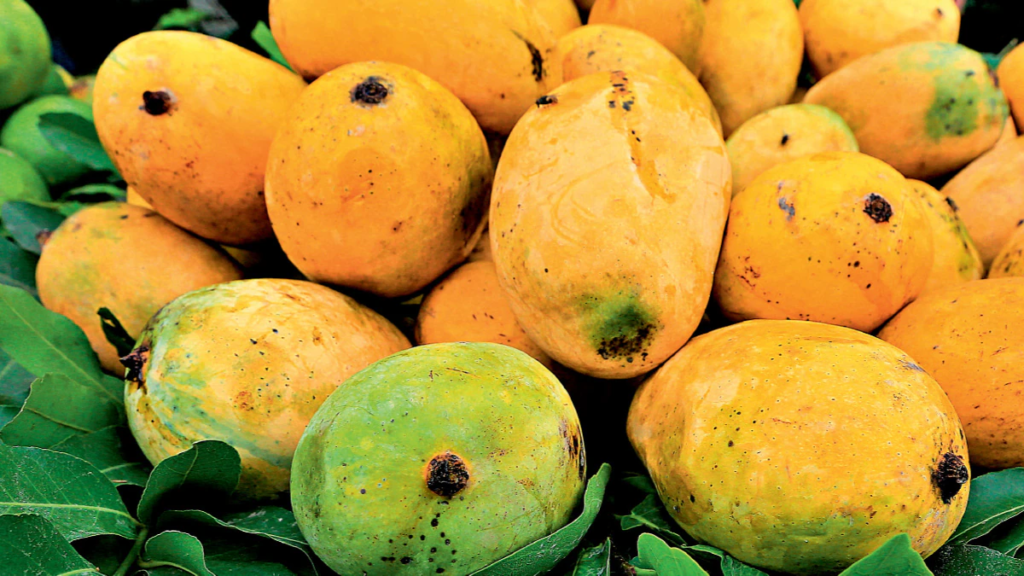
https://images.app.goo.gl/NvWKQroRQo1XLSEr9
The Mango Harvest Season: When to Visit
The mango season in Chittoor typically begins in late March and peaks in May and June. Visiting during these months offers a chance to witness the orchards in full bloom and even participate in mango plucking in some farms. The region’s mango festivals, held during the peak season, are a visual treat showcasing mango displays, tasting contests, and traditional music and dance performances.
Traditional Farming and Harvesting Practices
Mango farming in Chittoor is a blend of tradition and modernity. Many farmers still follow age-old techniques like organic manure use, hand pollination, and pruning to ensure healthy growth. The harvest is a labor-intensive process where fruits are carefully plucked to avoid bruising, preserving their market value. The knowledge of these techniques has been passed down through generations, making mango cultivation a vital part of the community’s identity.
Mango Festivals and Cultural Significance
The mango is more than just fruit in Chittoor; it’s a cultural symbol celebrated with festivals such as the annual Mango Festival. These events attract tourists and traders alike and offer insight into the social and economic importance of mango cultivation. Traditional songs, dances, and rituals dedicated to the mango harvest highlight the fruit’s integral role in local customs and festivities.
Local Markets and Mango Experiences
The local markets of Chittoor become vibrant hubs during mango season. Vendors display a colorful array of mangoes, and the aroma of ripe fruit fills the air. Visitors can taste fresh mangoes, purchase processed mango products, and interact with local farmers to learn about mango farming techniques. Nearby towns like Punganur and Madanapalle also serve as important mango trading centers where bulk sales take place.
Sustainable Farming and Future Prospects
In recent years, there has been a growing emphasis on sustainable mango farming practices in Chittoor. Farmers are adopting organic farming, water conservation techniques, and integrated pest management to ensure the longevity of the mango belt. Efforts by agricultural institutions aim to improve yield quality and develop mango-based products to increase income for local communities.
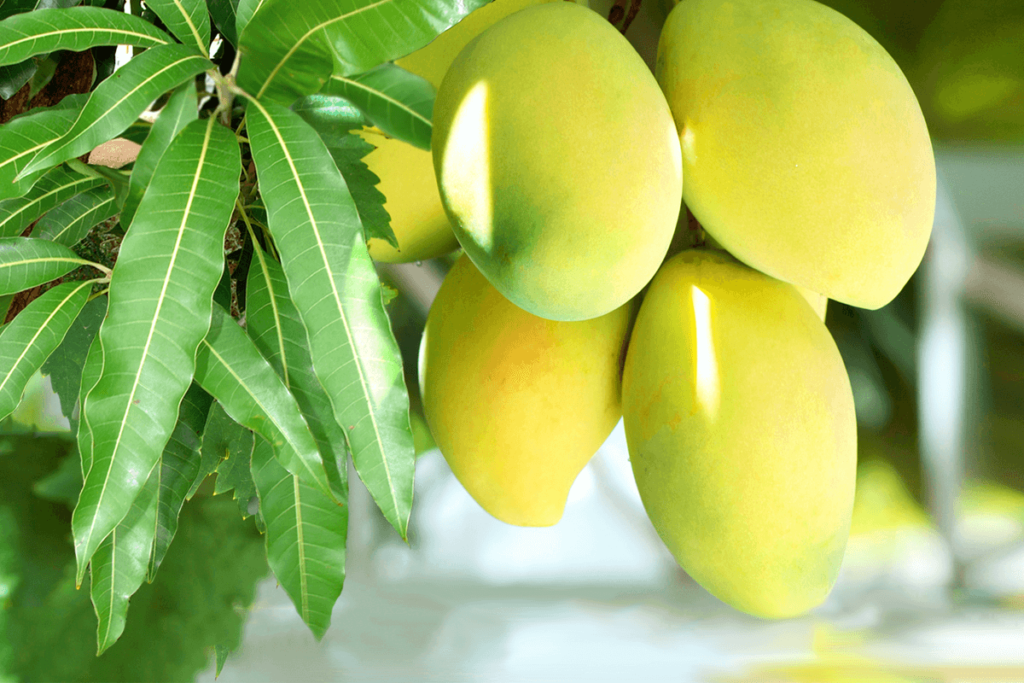
https://images.app.goo.gl/s7ATzTDS3BPxtC1c9
How to Reach Chittoor’s Mango Belt
Chittoor is well connected by road and rail. The nearest airport is Tirupati Airport, about 80 km away. From Tirupati or Chittoor town, local buses and taxis provide easy access to mango-growing villages. The best time to plan your visit is during the mango season, from March to June, when the orchards are lively and welcoming.
Conclusion
The Mango Belt of Chittoor is not just a region; it’s an experience — a blend of nature’s bounty, rich culture, and agricultural wisdom. Whether you’re a fruit lover, a culture enthusiast, or a traveler seeking unique experiences, Chittoor’s mango orchards offer a taste of India’s sweetest heritage. So pack your bags, plan your visit during the harvest season, and indulge in the luscious flavors of Chittoor’s mangoes that have captured hearts across the world.

